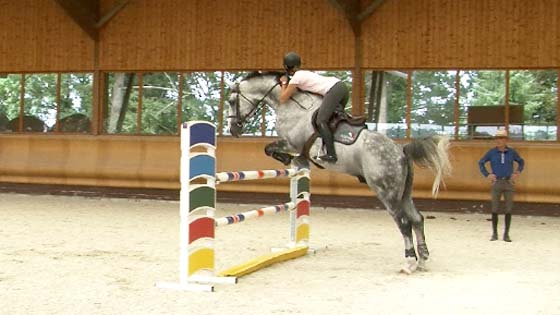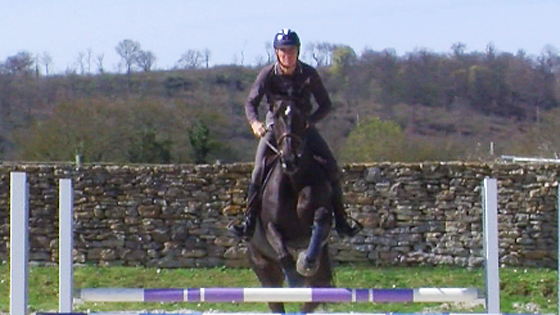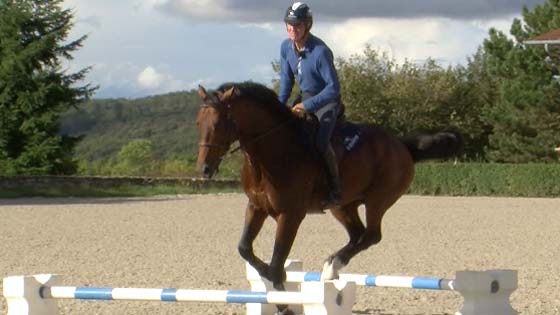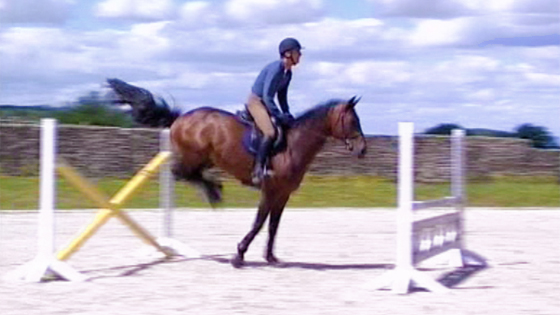Training Aiti for the CSI of Fontainebleau
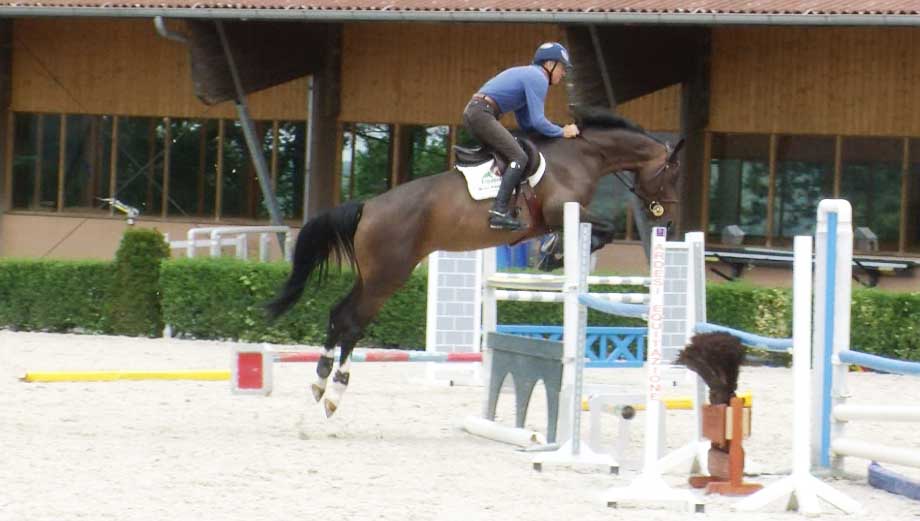
Aiti is a 7 year old mare who joined Michel Robert's yard a couple of months ago. This work session, analysed by Michel Robert, was recorded the day before going to the CSI of Fontainebleau.
The goal is to channel the mare Aiti between both the leg and hand aids, while leaving her enough freedom of movement that she can use her body correctly and therefore maintain her willingness to work well.
Michel begins this session with a good flat work warm-up including some relaxation work at a trot, stretching the neck down. We know the importance Michel gives to this phase of neck stretching in order to let the energy flow all along the top line. This position is to seek especially at the beginning of the work as it enables the horse’s joints and back muscles to get into place. That’s an excellent exercise to get ready for the next phase of work.
Michel gives also a great importance in maintaining the arms very supple and flexible whatever the gait. It will enable the rider to maintain a constant contact with the horse’s mouth which is essential to get the horse to be trustful and to loosen his movements.
We’ll notice the strong canter rhythm as well as the bending in the turns.
The session goes on with a line of cavalettis to make sure the mare is responsive. The rhythm has to stay steady as well as the track that has been previously determined by the rider.
Michel emphasises on the importance of preparing each aid or action and each part of the course.
The session continues with getting over a few lines and combinations of jumps over which Michel needs to maintain a constant rhythm while staying in control.

